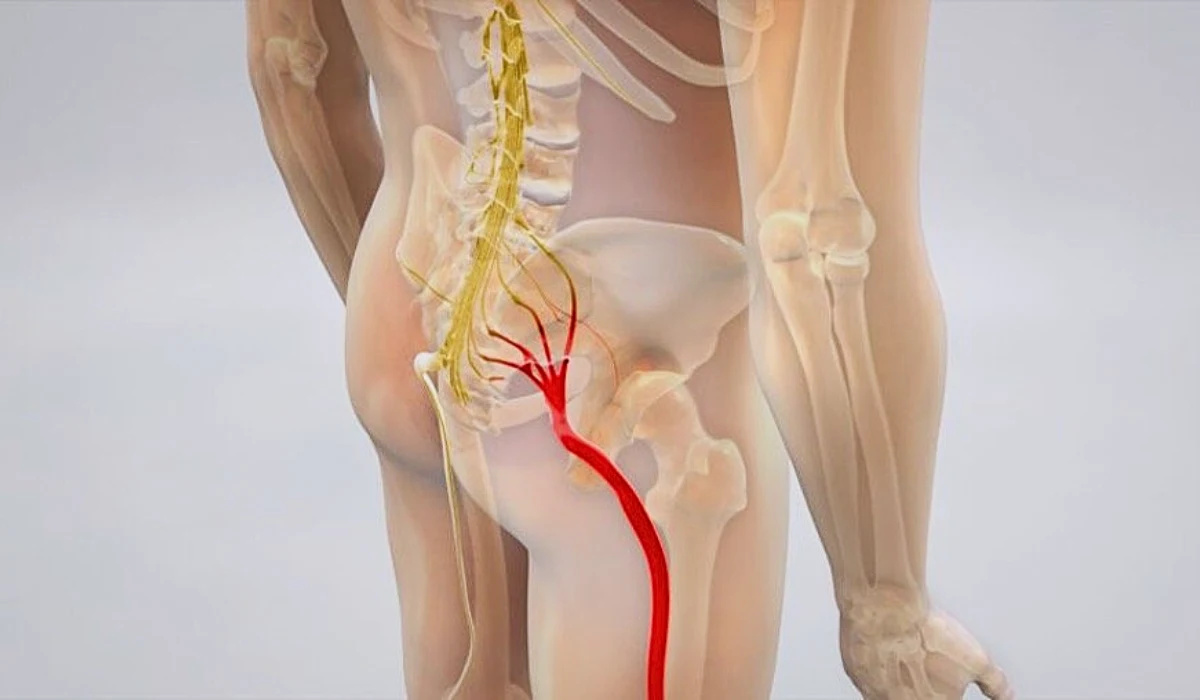Sciatica is a common condition that affects millions of people worldwide, causing pain, numbness, and weakness in the lower back, legs, and feet. While many cases of sciatica resolve on their own within a few weeks or months, some individuals may experience persistent or severe symptoms that can significantly impact their quality of life.
In this article, we’ll explore the last stages of sciatica, including what to expect and how to manage your symptoms effectively. We’ll discuss the role of the sciatic nerve and spinal cord in this condition, as well as the potential for sciatica recovery.
By understanding the progression of sciatica and the available treatment options, you can take steps to alleviate your pain and improve your overall well-being. So, let’s dive in and learn more about the late stages of sciatica and what you can do to find relief.
Symptoms of Late-Stage Sciatica
As sciatica progresses, the symptoms may become more severe and persistent. In the late stages of sciatica, individuals may experience an intense, shooting pain that radiates from the lower back, through the buttocks, and down the leg. This pain is caused by compression or irritation of the sciatic nerve, which is the longest nerve in the body, running from the spinal cord to the feet.

In addition to pain, the last stages of sciatica may also involve numbness, tingling, or weakness in the affected leg or foot. These sensations can make it difficult to walk, stand, or perform daily activities, leading to a decreased quality of life. Some people may also experience muscle weakness or atrophy in the affected area, as well as changes in reflexes or bowel and bladder function.
It’s important to note that the severity and duration of sciatica symptoms can vary from person to person. While some individuals may experience mild, intermittent pain, others may suffer from debilitating, constant pain that significantly impacts their ability to function.
Factors such as age, overall health, and the underlying cause of sciatica can all play a role in the progression and severity of symptoms.
Treatment Options for Late-Stage Sciatica
In the late stages of sciatica, it’s crucial to seek medical attention and work closely with your healthcare provider to develop an effective treatment plan. Depending on the underlying cause of your sciatica, treatment options may include physical therapy, medication, injections, or surgery.
Physical Therapy
Physical therapy can be particularly beneficial in the last stages of sciatica, as it can help to strengthen the muscles supporting the spine, improve flexibility and range of motion, and reduce pain and inflammation. A physical therapist may use techniques such as stretching, exercise, and manual therapy to help alleviate symptoms and promote sciatica recovery.
Medications and Injections
Medications such as nonsteroidal anti-inflammatory drugs (NSAIDs), muscle relaxants, or nerve pain medications may also be prescribed to help manage pain and inflammation in the late stages of sciatica.
Surgery
For individuals with severe or persistent symptoms, surgery may be necessary to relieve pressure on the sciatic nerve and promote healing. Surgical options may include discectomy, laminectomy, or spinal fusion, depending on the underlying cause of the sciatica and the extent of the damage to the spinal cord or nerve roots.
Lifestyle Modifications
In addition to medical treatment, lifestyle modifications can also play a key role in managing the last stages of sciatica. Maintaining a healthy weight, practicing good posture, and engaging in regular low-impact exercise can help to reduce strain on the spine and alleviate symptoms.
Applying heat or cold therapy, using a supportive mattress and pillow, and taking frequent breaks from sitting or standing can also provide relief.
It’s important to remember that sciatica recovery is a gradual process, and it may take time to see significant improvement in symptoms. However, with the right combination of medical treatment, physical therapy, and lifestyle modifications, most people with sciatica can find relief and regain their quality of life.
Conclusion
In conclusion, the late stages of sciatica can be a challenging and painful experience, but with the right approach, it is possible to manage symptoms effectively and promote healing. By understanding the role of the sciatic nerve and spinal cord in this condition, as well as the potential for sciatica recovery through various treatment options, individuals can take steps to alleviate their pain and improve their overall well-being.
It’s crucial to work closely with a healthcare provider to develop a personalized treatment plan that addresses the underlying cause of sciatica and provides targeted relief for symptoms. This may involve a combination of medical interventions, physical therapy, and lifestyle modifications, all of which can help to reduce pain, increase mobility, and promote healing.
While the last stages of sciatica can be difficult, it’s important to remain hopeful and proactive in your approach to treatment. With patience, persistence, and the right support, it is possible to overcome the challenges of sciatica and regain your quality of life.
As we conclude this exploration of the late stages of sciatica, we encourage you to share your own experiences and insights in the comments below. What strategies have you found most effective in managing your sciatica symptoms? What advice would you give to others who are struggling with the last stages of this condition? By sharing our knowledge and supporting one another, we can all work towards a brighter, pain-free future.

